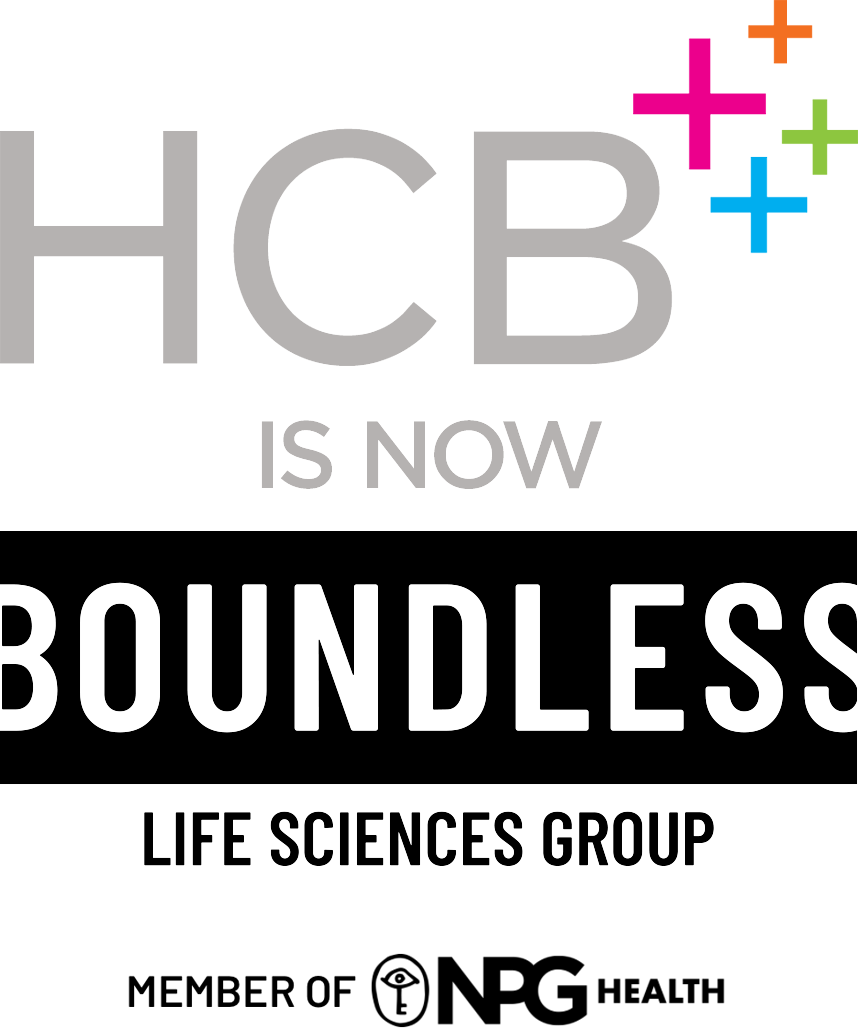A few months ago, I introduced my five-year-old daughter to one of my all-time favorite childhood movies: the great ’80s classic, the Neverending Story. To this day, each scene still captivates me like it’s my first time watching it. Even though it’s such a uniquely magical film, it’s incredibly formulaic – tightly following each step of the classic “Hero’s Journey.” Concepted by Joseph Campbell, the Hero’s Journey serves as the backbone of nearly every epic story or movie.
It’s the blueprint for the ultimate human experience. As marketers, we should take careful note of this.
Here’s the simple formula: a hero lives in an ordinary world but is called to adventure. If she refuses the call, she must meet a mentor who shows her the way. She crosses the threshold and finds herself facing the ultimate test. And after engaging in a life-altering challenge, she is rewarded. Finally, she returns home with newfound truth and self-realization. In the case of the Neverending Story, the filmmaker Wolfgang Peterson, somehow even pulls off weaving a story inside of a story about not one, but two heroes, journeying through different storylines. The power of the human experience doubled!
At some point during our mother-daughter movie night, my mind started to wander back to a brand positioning assignment I had been grappling with. It was a branding challenge for a procedural device and I was struggling with the right “story” for the audience of surgeons. What benefit was this device ultimately providing? Confidence? Peace of mind? Opportunity? In that moment it occurred to me that in many ways, a brand’s customer was the hero of their story, just like Atreyu or Bastian.
Let’s set the brand aside for a moment, and consider the obvious. Surgeons are heroes in their own minds (egotist jokes aside, please). Why? Because they are they star of their own journey, their own plotline, their own experience. And just like the heroes of blockbuster films, they can be called to do more, or they can refuse the call. They can meet a mentor, experience conflict, return to the OR with newfound knowledge and experiences, and potentially evangelize the learnings from the journey. Now enter your medical device brand. How do you make it relevant to the physician hero and his/her journey?
Here are three essential ways to align your brand with the hero:
- Serve as the hero’s sword.
- Play the role of the mentor.
- Be the call to action, to do more.
A brand can serve as the hero’s sword.
Can your medical device augment clinicians’ skills or improving their expertise? The answer is undoubtedly yes. So consider what your hero needs from your brand in a sea of other options available to them. A great example of this is the cataract refractive surgeon who is used to offering pay-out-of-pocket upgrade packages to his or her patients to give them a broader spectrum of 20/20 vision – from near to computer-distance to far away. Historically, most of the implants made available have been loaded with trade-offs. And surgeons are constantly seeking an edge. Yet emerging today are brands of implants that offer fewer and fewer compromises. Advanced technology intraocular lens brands have an opportunity to embrace the hero’s journey, and become the weapon of choice for the hero in order to win every battle. These surgeons want an option closer to guaranteeing success. They want an irreplaceable solution. A silver bullet. And yet even when it’s impossible – and ill-advised – to make such an indelible promise, a MedTech brand shouldseek to inspire its audience to feel that they can become stronger, faster, more precise, or more effective in their procedure. Yes, even cataract implant brands can do this!
The brand can play the role of the mentor.
Does your MedTech brand represent a source of truth, a deep well of data, or a fountain of knowledge? Can the company behind your implant or procedural technology deliver a true partnership for your customers? Take for example the field of interventional cardiology. There is a groundswell of innovative tendencies with this group of specialists, based on innovation that just keeps pushing the boundaries. It started with percutaneous stents, then came transcatheter aortic valve implantation (TAVI) – just two examples. Interventionalists have come to EXPECT innovation in this field. And it keeps coming. The next frontier is notably in the form of transcatheter mitral valve implantation (TMVI). Regardless of using this new procedure or the one following it, many physicians expect to go through the highs (and lows) of learning new techniques, familiarizing themselves with new data, and exploring varying degrees of confidence in identifying which patients are going to be ideal for this new frontier in medicine. If you listen carefully to an audience like this, you’ll quickly understand that this journey is in full swing. But this particular hero needs something very specific to fulfill their needs. Guidance. Training. Information. Knowledge. Immediacy. Brands in the emerging space of TMVI have an incredible opportunity to serve in the role of mentor to help accelerate the uptake of what the audience is paying close attention to already. It’s not about helping HCPs improve their skill, or even realize they need to move in a direction of uptake. They’re already there. The real brand opportunity in this step of their hero’s journey is about giving them all the answers they need, when they need them.
Your brand can be the call to do more.
Is your hero’s specialty woefully stuck in a rut? Your brand may need a category growth strategy. When standards of care dictate that the status quo is good enough, it’s typically because alternative options are missing or aren’t abundantly prominent within a given category. This is painfully evident the treatment of uterine fibroids today. When a woman presents with chronic, debilitating pain resulting from benign growths, many gynecologists are comfortable treating conservatively for a while. But treatment often escalates to the most invasive option possible: total hysterectomy. Despite being one of the most frequently performed procedures in the world, there’s deep evidence suggesting that hysterectomies can be severely detrimental to a women’s health and well-being. But other options just aren’t ingrained in the minds of many gynecologists. There are emerging new uterine-sparing procedures today that have the power to elicit a new kind of belief, by acting as a herald of a new and better way. Enter brand opportunity! Let’s consider where some of these heroes – or gynecologists – may be in their journey. One might suspect they are at the beginning. Perhaps not realizing there is a journey about to unfold. Not because they are young or early in their careers, but because they are accustomed to fixed beliefs and behaviors. But if a procedural brand is successful, surgeons may begin to recognize the “call” to meet and even embrace new challenges head on. Now don’t forget, the next step in the journey is the refusal of the call, so it requires determination to work through the toughest barriers to successfully bring this hero around to your brand.
Your brand strategy can absolutely support the arc of your customer’s story.
The key to unlocking this puzzle for a healthcare brand is to start by listening carefully to your HCP to understand where they are in their journey. Like Bastian fully immersing himself in the world of Fantasia, it’s sometimes that simple. Remember that your brand is NOT their destination – nor did their journey start when your brand showed up. If you listen to truly understand where they are today and where they eventually need to go, you’ll create an unforgettable brand experience for your most heroic clinical customers.
Oh, and when it comes to effective listening, I have a few things to share about that, too! Next time, ambitious reader. Next time.


